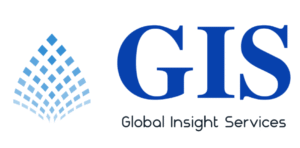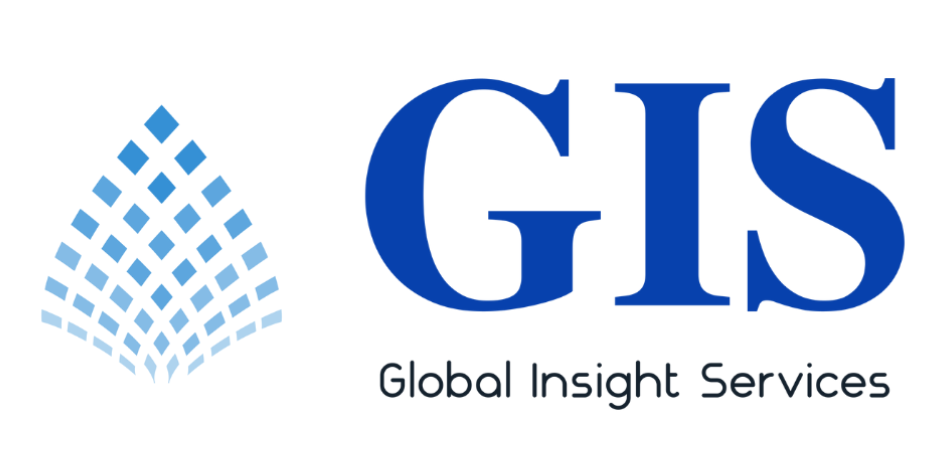
Market Overview
The heat tracing market is experiencing a significant expansion, with projections indicating growth from $3.5 billion in 2024 to $6.8 billion by 2034, at a compound annual growth rate (CAGR) of approximately 6.9%. Heat tracing systems are integral to various industries where maintaining or raising temperatures in pipes, vessels, and equipment is essential. The market includes electric and steam-based heat tracing systems, cables, control panels, and monitoring devices. These systems are crucial for operations in sectors like oil and gas, chemicals, food processing, and infrastructure, offering both safety and efficiency by preventing freezing and ensuring optimal temperature conditions for industrial processes.
Market Dynamics
Several key factors are driving the robust growth of the heat tracing market. Industrialization, increased energy demand, and the need for energy-efficient systems are among the most significant market drivers. Electric heat tracing systems, particularly those that are self-regulating, have gained popularity due to their energy efficiency and easy installation. The oil and gas industry is a key consumer, where heat tracing ensures operational continuity in extreme conditions. The increasing push for sustainability and energy efficiency has also spurred adoption, as businesses look for solutions that optimize energy consumption and reduce environmental impact.
Click to Request a Sample of this Report for Additional Market Insights: https://www.globalinsightservices.com/request-sample/?id=GIS21865
Technological advancements play a vital role in this market’s expansion. The integration of Internet of Things (IoT) technologies in heat tracing systems, for instance, has enabled real-time monitoring and predictive maintenance. These innovations improve system efficiency and reduce downtime, making heat tracing solutions more appealing for industries. However, challenges such as high installation costs and the need for specialized expertise in setup and maintenance can deter some businesses from investing in these systems. Despite these challenges, the market is expected to continue growing due to the increasing importance of operational efficiency and safety in industrial applications.
Key Players Analysis
Several well-established players dominate the heat tracing market, contributing to its growth through innovation, strategic partnerships, and technological advancements. Companies like Thermon Group Holdings, Pentair Thermal Management, and Chromalox are some of the largest and most influential market leaders. These players maintain their competitive edge by continuously improving product offerings, integrating new technologies, and expanding their geographical reach. Thermon Group Holdings, for instance, is known for its expertise in electric heat tracing systems, while Pentair Thermal Management has a diverse range of heat tracing solutions that cater to various industrial needs.
In addition to these giants, emerging players such as Thermo Trace Innovations, Heat Flow Dynamics, and Trace Tech Solutions are gaining traction, offering innovative solutions and specialized products. Their focus on niche applications and cutting-edge technologies, such as self-regulating heating cables and IoT-enabled systems, positions them well to capitalize on the growing demand for more efficient and adaptable heat tracing systems. As the market continues to grow, competition is expected to intensify, encouraging further technological advancements and product diversification.
Regional Analysis
The heat tracing market’s growth is not confined to a single region but spans multiple key geographies, each with its own set of dynamics. North America remains the dominant player in the market, driven by strong demand from industrial sectors, including oil and gas, chemicals, and food processing. The U.S., in particular, stands out due to its technological advancements and significant investments in infrastructure development. The region’s stringent energy regulations and focus on sustainable practices further propel the demand for energy-efficient heat tracing systems.
Europe follows closely, with Germany and the United Kingdom being key contributors to the market. Both countries have well-established industrial sectors, and the rising demand for energy-efficient and environmentally friendly heating solutions is boosting the adoption of heat tracing technologies. The EU’s commitment to stringent environmental standards and sustainability is also encouraging the use of heat tracing solutions to meet these requirements.
The Asia-Pacific region is poised for rapid growth, driven by industrialization and infrastructure development in countries like China and India. These emerging markets are heavily investing in their oil and gas, chemical, and energy sectors, leading to a significant rise in the demand for heat tracing systems. The expanding manufacturing industry in the region is also contributing to this growth.
In the Middle East and Africa, the oil and gas industry is the main driver of market expansion. The harsh climatic conditions in this region demand effective heat tracing solutions for maintaining optimal operating temperatures in pipelines and other industrial equipment. Meanwhile, Latin America, particularly Brazil and Mexico, is gradually gaining momentum, with an increasing focus on industrial infrastructure development and energy projects.
Explore the Full Report: https://www.globalinsightservices.com/reports/heat-tracing-market/
Recent News & Developments
The heat tracing market is undergoing a period of transformation, driven by technological advancements and an increasing need for energy-efficient systems. One of the most notable trends is the integration of smart technologies, including IoT and AI, into heat tracing systems. These innovations allow for real-time monitoring, predictive maintenance, and enhanced energy management, which have become key selling points for both industrial users and environmentally conscious consumers.
Additionally, the growing demand for energy-efficient solutions is pushing the market towards more sustainable and eco-friendly products. Companies like Pentair and Thermon are leading the way by developing self-regulating heating cables and control systems that optimize energy usage while maintaining performance. The rise in industrial activities in North America, the Middle East, and Asia-Pacific has also been a major driver, particularly in the oil and gas sector, where heat tracing ensures operational stability even in extreme weather conditions.
Geopolitical factors are also impacting the market. Trade tensions and supply chain disruptions, particularly those affecting raw material availability, are influencing product pricing and competition among players. Despite these challenges, technological partnerships, mergers, and acquisitions are helping companies navigate these issues and position themselves for long-term growth.
Scope of the Report
This report provides an in-depth analysis of the heat tracing market, offering forecasts for the period from 2025 to 2034. The report covers a wide range of segments, including types of heat tracing systems (such as self-regulating and constant wattage), products (heating cables, tapes, panels), and technologies (electric and steam heat tracing). It also provides insights into the market’s dynamics, including key drivers, trends, and challenges, as well as a competitive analysis of key market players. Additionally, the report evaluates regional dynamics and highlights emerging opportunities in various geographical markets.
The report also delves into the specific applications of heat tracing systems across industries such as oil and gas, chemicals, food and beverage, and water management. It also covers technological trends, such as the shift towards IoT-enabled systems and self-regulating heating solutions, and assesses how these advancements are shaping the future of the heat tracing market.
Furthermore, the report offers a detailed look at the market’s regulatory environment, including industry standards and certifications that impact product development and market entry. With a comprehensive overview of market trends, competition, and growth opportunities, the report serves as a valuable resource for stakeholders looking to understand the dynamics and future prospects of the heat tracing industry.
Discover Additional Market Insights from Global Insight Services:
Distributed Energy Generation Market is anticipated to expand from $368.8 billion in 2024 to $1148.5 billion by 2034, growing at a CAGR of approximately 12%.
Carbon Footprint Management market is anticipated to expand from $13.6 billion in 2024 to $87.9 billion by 2034, exhibiting a CAGR of approximately 20.5%.
About Us
Global Insight Services (GIS) is a leading multi-industry market research firm headquartered in Delaware, USA. We specialize in delivering high-quality data, insightful analysis, and tailored research tools to support strategic decision-making across a wide range of industries. At GIS, our commitment to excellence is reflected in our transparent research methodologies, reliable deliverables, and client-focused service. Whether you’re exploring emerging trends or validating investment opportunities, you can count on GIS for actionable insights and dependable support.
Contact Us
Global Insight Services LLC
16192 Coastal Highway, Lewes, DE 19958, USA
📧 Email: info@globalinsightservices.com
📞 Phone: +1-833-761-1700
🌐 Website: www.globalinsightservices.com

